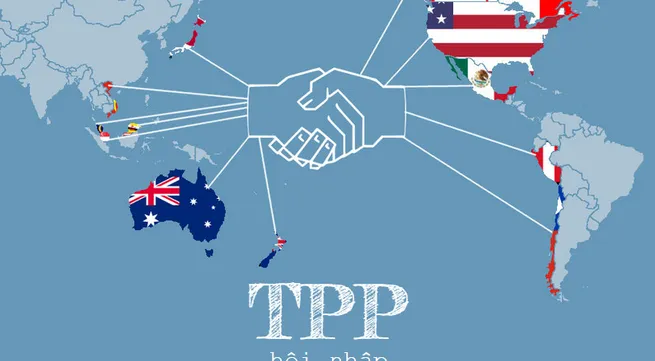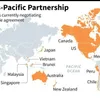Opinions on concluded TPP talks

If the TPP agreement comes into effect, the US, Japan, and Canada will offer zero import tax, which would push Vietnam’s export activities, especially in key export sectors such as textiles, footwear and seafood. The agreement is forecast to increase Vietnam’s gross domestic product by 33.5 billion USD in 2025. By that time, Vietnamese export turnover will increase by 68 billion USD.
Pham Xuan Hong, Chairman of Ho Chi Minh City Association of Garment, Textile, Embroidery and Knitting (Agtex), said: "Before the TPP talks, Vietnamese companies had already prepared for themselves a management mechanism, which includes social policy, environmental policy, security, intellectual property, and quality control. Based on that, companies are completing the mechanism to prepare for the TPP implementation".
TPP includes commitments to protect labour rights and to improve business environment towards open, fair and friendly trade integration amongst participating countries. The TPP will also bring to Vietnam with more opportunities to diversify its trade partners and to contribute to the global supply chain.
Herb Cochran, Executive Director of American Chamber of Commerce in Vietnam, said: "As forecast, the livestock sector, and particularly the dairy sector of several countries will be particularly affected by the agreement. However, legal procedures will take a year and a half to two years. Therefore, the Vietnamese livestock sector still has an opportunity if it can accelerate the restructuring process effectively".
Hoang Thanh Van, Director of Livestock Dept., MARD, said: "So far, the livestock sector hasn’t built strong brand names either domestically and internationally. Also, enterprises in the sector lack significant experience for such the agreement. So the challenges and obstacles are very big".
Despite all challenges, according to calculations by independent experts, if the advantages are fully exploited and negative impacts are restricted, the TPP agreement will help total domestic product of Vietnam increase by 2% in a short period.
Tags:






